
Ongentheow was the name of a semi-legendary Swedish king of the house of Scylfings, who appears in Old English sources.
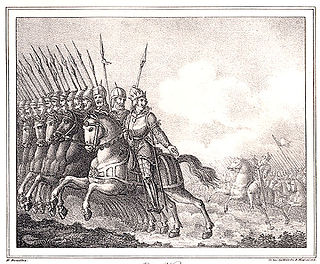
Eadgils, Adils, Aðils, Adillus, Aðísl at Uppsölum, Athisl, Athislus or Adhel was a semi-legendary king of Sweden, who is estimated to have lived during the 6th century.
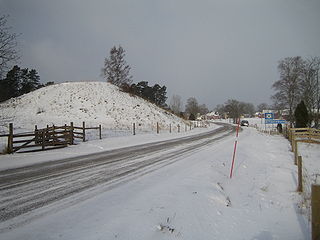
Ohthere, Old Norse Óttarr vendilkráka was a semi-legendary king of Sweden of the house of Scylfings, who is said to have lived during the Germanic Heroic Age, possibly during the early 6th century.

Eysteinn was a semi-legendary king of Sweden, the son of Eadgils. He was the father of Ingvar. The Eysteinn tumulus (Östens hög) in Västerås near Östanbro has been linked to King Eysteinn by some popular historians.

Anund Swedish: Bröt-Anund meaning trail-blazer Anund or Anund the Land Clearer; alternate names Brøt-Anundr or Braut-Önundr was a semi-legendary Swedish king of the House of Yngling who reigned in the mid-seventh century. The name would have been Proto-Norse *Anuwinduz meaning "winning ancestor".

Ingjald illråde or Ingjaldr hinn illráði was a semi-legendary Swedish king of the House of Ynglings, son and successor of King Anund, and the father and predecessor of King Olof Trätälja. As with many of the 5th-7th century Yngling Kings of Sweden, his historicity is contested.

Aun the Old is a mythical Swedish king of the House of Yngling in the Heimskringla. Aun was the son of Jorund, and had ten sons, nine of which he was said to have sacrificed in order to prolong his own life. Based on the internal chronology of the House of Yngling, Aun would have died late in the fifth century. He was succeeded by his son Egil Vendelcrow identified with Ongentheow of the Beowulf narrative and placed in the early sixth century.

Jorund or Jörundr was a Swedish king of the House of Yngling. He was the son of Yngvi, and he had reclaimed the throne of Sweden for his dynasty from Haki.

Yngvi and Alf, according to legend, were two Swedish kings of the House of Yngling. Some versions indicate they were brothers or other close relations. They killed each other.
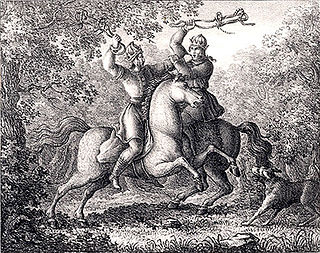
Alaric and Eric, according to legend, were two kings of Sweden.

Agne, Hogne or Agni Skjálfarbondi was a semi-legendary king of Sweden, of the House of Yngling.

Dag the Wise or Dagr spaki was a mythological Swedish king of the House of Ynglings. He was the son of Dyggvi, the former king. According to legend, he could understand the speech of birds and had a sparrow that gathered news for him from many lands. When the bird was killed on one of these trips, Dag invaded Reidgotaland, in order to avenge it. There he was ambushed by a thrall and killed.
In Norse mythology, Dyggvi or Dyggve was a Swedish king of the House of Ynglings. Dyggvi died and became the concubine of Hel, Loki's daughter. Dyggvi was succeeded by his son Dag the Wise. According to Snorri Sturluson, Dyggvi was the nephew of Dan, the eponymous ancestor of Denmark, through his sister Drott, and was the first to be called King by his family.
In Norse mythology, the Swedish king Domar of the House of Ynglings was the son of Domalde. He was married to Drott, the sister of Dan the Arrogant who gave his names to the Danes. Drott and Dan are in this work said to be the children of Danp son of Ríg.
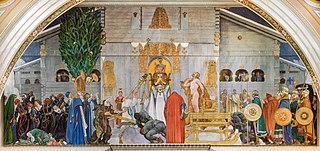
Domalde, Dómaldi or Dómaldr was a legendary Swedish king of the House of Ynglings, cursed by his stepmother, according to Snorri Sturluson, with ósgæssa, "ill-luck". He was the son of Visbur.

Vanlandi or Vanlande according to mythology was a Swedish king at Uppsala of the House of Yngling in Norse mythology. He was the son of Sveigðir whom he succeeded as king. He married a girl from Finnland, but forgot about her. In revenge, the girl arranged so that Vanlandi was hag ridden to death. He was succeeded by his son Visbur.
Sveigðir, Sveigder or Swegde was a Swedish king of the House of Yngling in Norse mythology. He was the son of Fjölner, whom he succeeded as king, and he married Vana of Vanaheimr, probably one of the Vanir. Lured by a dwarf, Sveigðir disappeared into a stone and never came back. He was succeeded by his son Vanlandi.
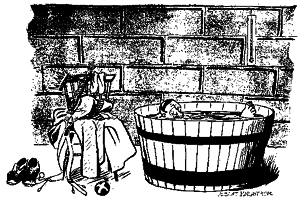
Fjölnir is a legendary king in Norse mythology said to have been the son of Freyr (Frey) and his consort Gerðr (Gertha). The name appears in a variety of forms, including Fiolnir, Fjölner, Fjolner, and Fjolne. He was claimed as the progenitor of the Swedish Yngling dynasty, reigning from Gamla Uppsala. According to the Grottasöngr, Fjölnir lived from the 1st century BC to the early 1st century AD.

In Scandinavian mythology, Huld is only referenced by völva or seiðkona, that is a woman who practiced the seiðr. She is mentioned in the Ynglinga saga, Sturlunga saga and a late medieval Icelandic tale. In the latter source, she is Odin's mistress and the mother of the demi-goddesses Þorgerðr and Irpa. As her name suggests, Huld may be in origin the same being as the Hulder and the German Holda.
Dúrnir was a dwarf who appears in the three Old Norse skaldic poems which suggests that he once was a well-known dwarf in Norse mythology.
















